Historians have widely accepted the value of motion pictures and literature as ways of delving into the past. Video games, which exploded onto the scene in the 1970s, have received far less attention from teachers and academics, however. Recently, as gaming has grown into a multi-billion-dollar industry, some historians have begun to see the value of video games as legitimate sources for historical engagement. Origins looks at ten history games: their value, miscues, and development.
1. Valiant Hearts: The Great War (2016)
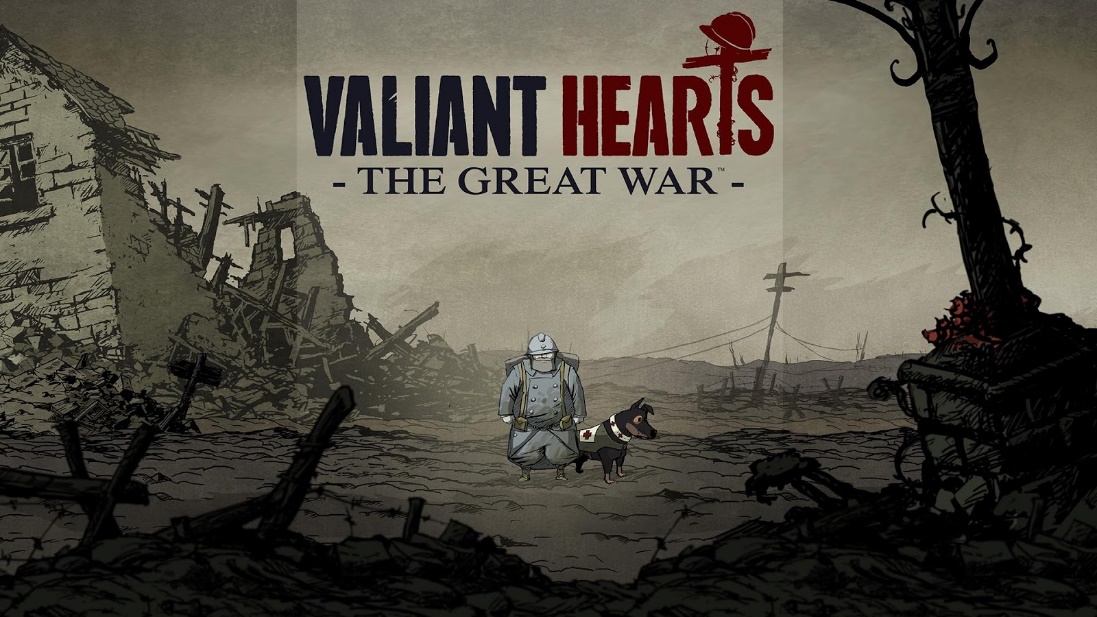
Ubisoft Montpellier’s Valiant Hearts: The Great War is an emotionally charged journey through history. The development team, partnering with the documentary series Apocalypse: World War I creators, produced a game that stays true to the history of the Great War. In the chaos of war, Valiant Hearts weaves a narrative of four primary protagonists: an African American soldier, a Belgian nurse, a German soldier, and his French father-in-law. The game’s story follows the contours of the war, even placing two of the characters on opposite sides of the conflict.
Historical information is presented with colorized photos and game scenes are intertwined with fascinating or frightening historical moments; for example, the French Army’s requisitioning of Parisian taxis to transport soldiers to the First Battle of the Marne, and the destruction of Ypres. Additional historical information is embedded into the story or is presented in the start menu, allowing gamers to learn information that rounds out the overall experience.
2. Panzer General (1994)
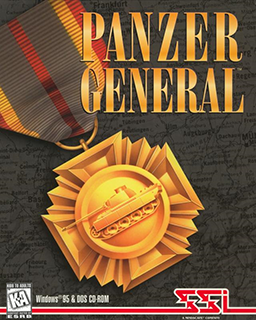
Strategic Simulations, Inc. (SSI) began developing computer games in 1979, but only established itself as a major player with the release of Panzer General in 1994. Based on hex-encounter war board games popular in the 1960s and 1970s, Panzer General focuses on German military operations. Players can play through individual battles or entire campaigns where your performance will largely decide the fate of the war. Some of the scenarios are hypothetical, so the game does not confine itself strictly to historical battles. From briefings delivered in a fake German accent to extended descriptions of the campaigns and scenarios, it strives for accuracy in terms of presenting players with options and resources similar to those faced by real World War II commanders.
3. Battlefield 1 (2016)
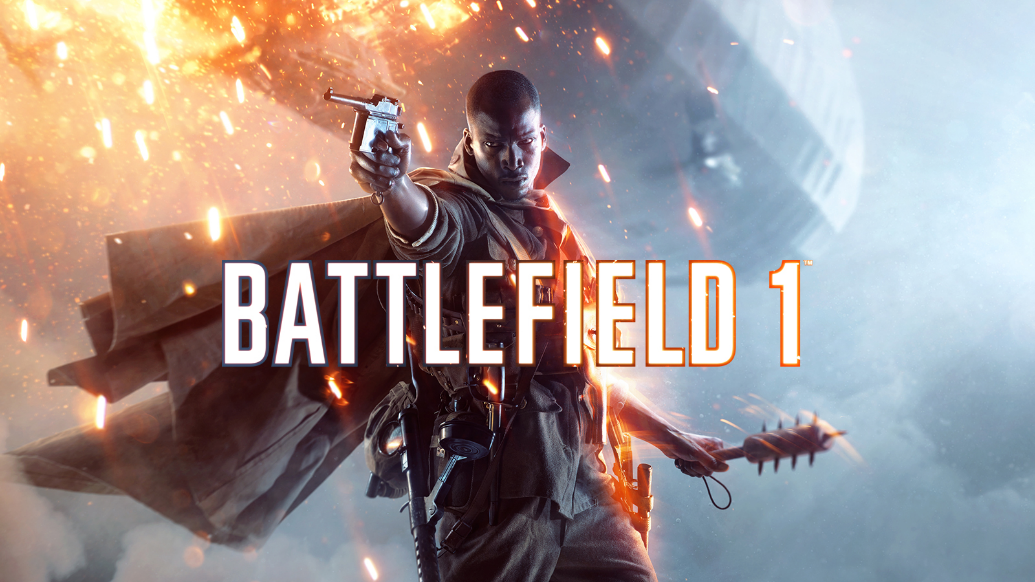
Battlefield 1 conveys the tone and historical context of the First World War well. The scale of the conflict is clear, reaching from the skies of London, across the waters of Gallipoli, and finally to the desert sands of the Ottoman Empire. Players are introduced to the beginnings of mechanized combat in the form of British Mark I tanks and witness the birth of strategic bombing. The multiplayer “Operations” game mode allows players to step into key engagements of the war, like the Meuse-Argonne Offensive and the Battle of Vittorio Veneto.
To make Battlefield 1 a gaming success, EA DICE took liberties with historical facts. The most obvious inconsistencies are the weapons wielded by players. Bolt action rifles, then the primary infantry weapon, are rare in online combat (beyond the scout class), while semi-automatic rifles, submachine guns, and grenade launchers dominate the battlefield. While these and guns like the MP18 did exist at the time, they were in limited numbers. EA DICE also took some liberties to create gameplay mechanics familiar to First Person Shooter (FPS) veterans and aspects of combat seem more akin to World War II than what is typically associated with the Great War. Trench warfare is present, though urban warfare reminiscent of Stalingrad is featured, too.
4. Dynasty Warriors 3 (2001)
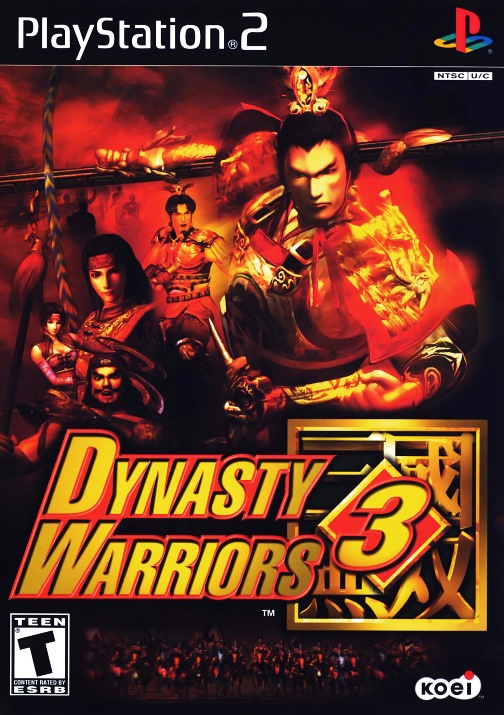
Koei is famous for historical simulations. A very large percentage of Koei games cover either the Three Kingdoms period of Chinese history (2nd-3rd Century C.E.) or the Warring States period in Japan (16th Century CE), so they boast a considerable familiarity with the characters and events of the time. With Dynasty Warriors 3, Koei managed to parley its knowledge of ancient Chinese history into gaming gold. Game play consists of moving your character around a 3D environment and defeating the enemy using physical might. Of 41 playable characters, 32 were members of the three kingdoms of Wu, Shu, and Wei and have “Musou Modes,” i.e. playable campaigns where the character does his or her part to unite the land under the rule of their faction.
Much of the information that Koei uses for crafting the characters and battles of the Dynasty Warriors games comes from the 15th Century novel, Romance of the Three Kingdoms, which itself was based on older histories dating back to the Three Kingdoms era and the period immediately following it. From Dynasty Warriors 2 until Dynasty Warriors 5, Koei stuck relatively close to the source material, but as the series progressed, designers have taken more creative license. Despite its over-the-top absurdity at times, Dynasty Warriors 3 and its cousins all feature encyclopedias and other resources that help teach about the period and historical figures involved.
5. Brothers in Arms: Road to Hill 30 (2005)
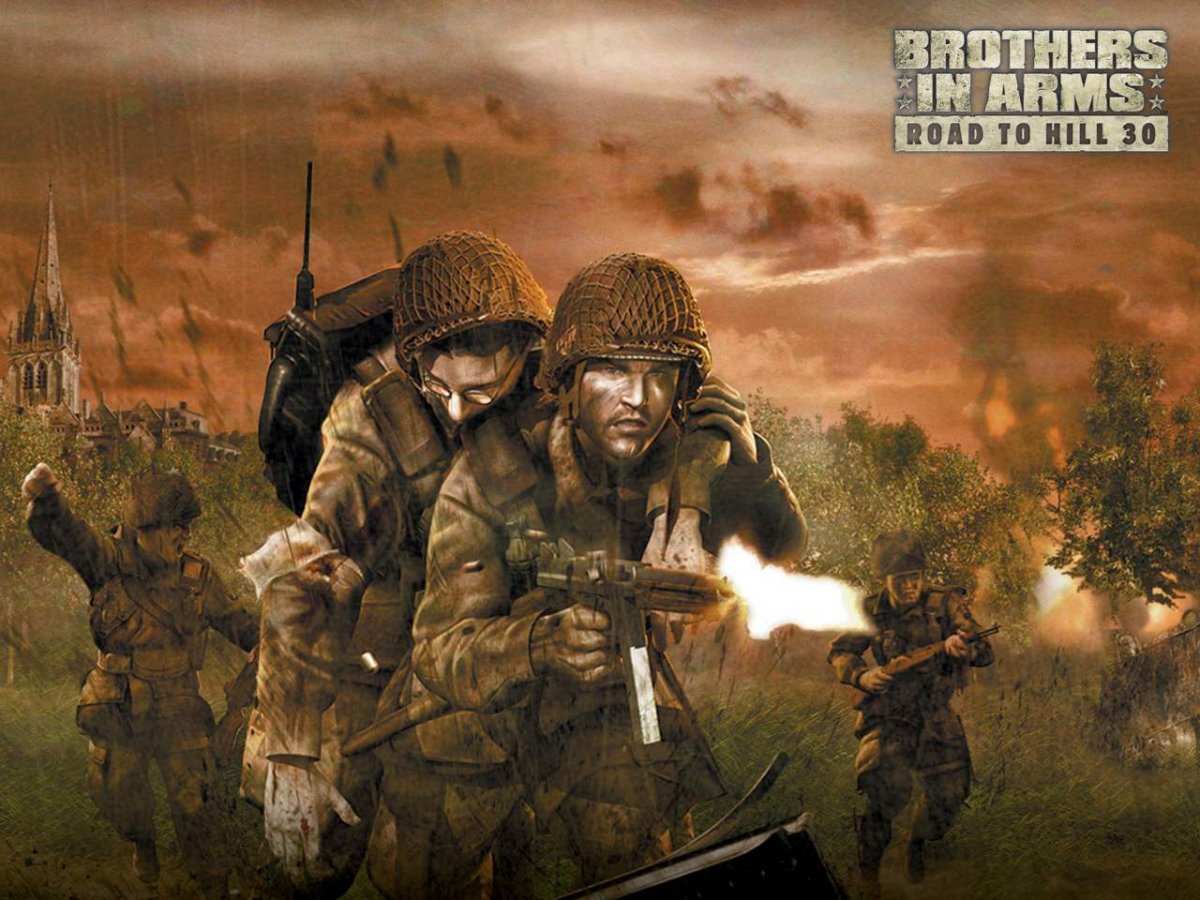
Ubisoft Entertainment and Gearbox Productions set out to tell a moving story and to craft one of the most innovative World War II FPS gamers had ever seen. Their final product, Brothers in Arms: Road to Hill 30, was a success on both fronts. The game’s protagonist, Sergeant Matt Baker, is embedded in the historical 502nd Parachute Infantry Regiment of the 101 Airborne Division. From the squad’s initial jump into France on the evening June 6th, 1944, to the game’s climax at the Battle of Blood Gulch, Baker and his squad fight to survive eight bloody days in enemy territory.
The developers of Brothers in Arms emphasized historical accuracy. The game is the culmination of over one year of archival research, oral interviews, and international travel. The art team flew to Normandy, France, to conduct research and take photographs on site and compared their notes against images from the United States National Archives to design digital environments that admirably recreate the real thing. To develop the combat system for Brothers in Arms, the team consulted with retired military personnel, attended graduate level classes on the history of warfare, and even took part in field training exercises.
6. Genghis Khan II: Clan of the Grey Wolf (1992)
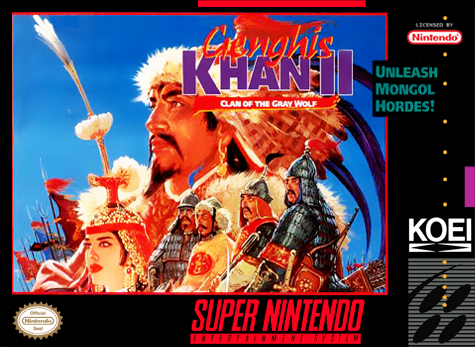
In the late 1980s and early 1990s Koei experimented with a variety of places and times. The best of these games and the only one with an enduring cult following was Genghis Khan II: Clan of the Grey Wolf. In Genghis Khan II, there are strategic, managerial, and tactical decisions to be made. To simulate the importance of having a capable leader, each ruler has grades for each skill set (politics, war, etc.), body points to simulate the ruler’s health, and a set limit on the number of actions he can perform in a turn. All the start dates have accurate rulers and heirs in place with ratings that seem fair. However, the factions are more or less equal, and those in the corners of the map such as Japan, India, and Britain tend to fare the best and are much more likely to conquer the world than the Mongols.
6. Oregon Trail (1971)
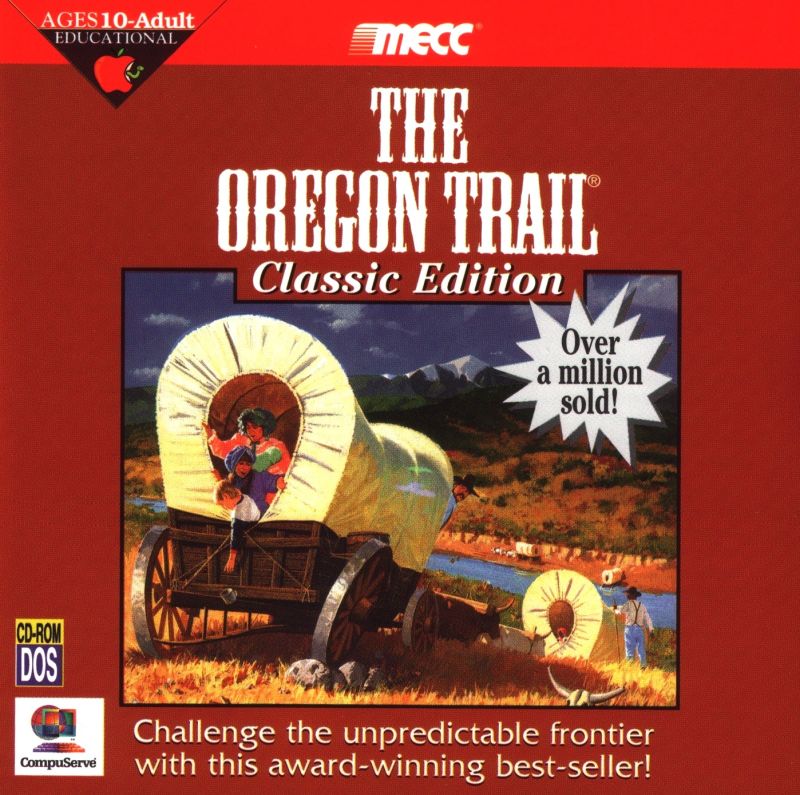
Oregon Trail is primarily a text-driven adventure. Players make decisions as they make their way west to claim land in the Willamette Valley of Oregon. At the start, you choose between three characters, each from a different socio-economic background who has a different amount of money for the journey. You must budget for supplies that you will need for your party and choose when to embark from Independence, Missouri to the west. Along the way, you choose your path, decide how to deal with river crossings, and supplement your food supply by hunting. In addition, you manage unavoidable illnesses, set the pace for your journey, and trade with travelers and merchants. The game contains hints from travelers and each stage has historical notes to explain how the challenges that you are facing are comparable to those faced by pioneers. The game also offers a brief explanation about the historical significance of every stop along the trail.
8. Rome: Total War (2004)
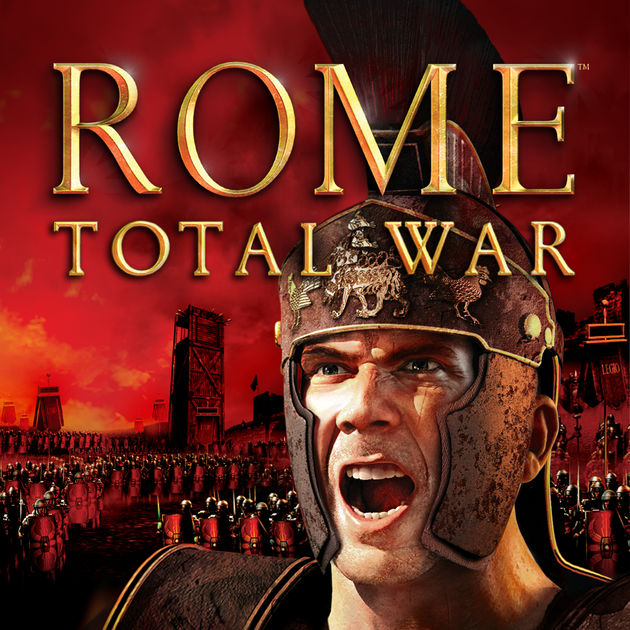
The Total War series recreates periods of history and encourages the player to compete on a strategic, managerial, and tactical level to conquer the map or achieve victory by fulfilling objectives. While there were two games released prior to Rome: Total War, this game revamped the gameplay mechanics of the series, as management now took place in particular cities, rather than in broadly defined provinces, a change which more accurately reflects the actual administration of the Roman world. As cities grow, their infrastructure needs to grow and the player must either oversee urban improvements or get ready for urban unrest, a not uncommon feature of ancient Mediterranean life.
The game starts in 270 B.C.E., right after the successor states of Alexander had settled into a stalemate and the First Punic War between Rome and Carthage was about to break out—a time with a relative balance of power pregnant with possibilities. There are some historical liberties taken, such as the false unity among the Greeks, Gauls, and German tribes. Bizarrely, the Macedonians are not playable and the Romans are divided into three family factions, which is ahistorical. Nonetheless, the game featured the best and most accurate ancient battles, which is not surprising given that Adrienne Mayor and other ancient military historians were consulted to make this game.
9. Freedom! (1993)
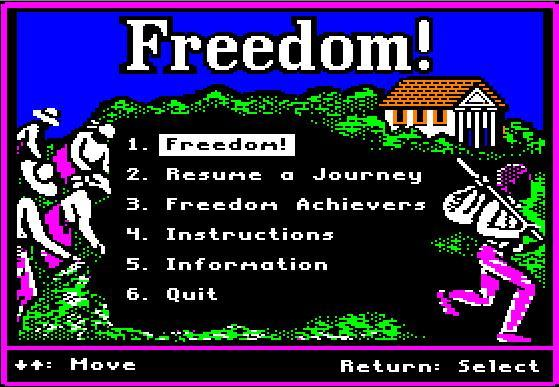
Minnesota Educational Computing Consortium’s Freedom is an educational text-based video game set in antebellum America. Players assume the role of an enslaved African American attempting to reach freedom in the North. The simulation takes place in the slave states of Maryland, Virginia, and Delaware. Freedom’s aim is to place players in realistic situations based on “historical data.” Prior to leaving, players can meet with family elders to receive advice and money, both of which they will need on the road. Once on the move, players travel north avoiding slave patrols while acquiring resources.
Freedom deserves to be applauded for its attempt to cover an important, however, sensitive historical moment. Some harsh realities are presented front and center. If captured, players are returned to their masters and are eventually sold into bondage in the Deep South. But at times Freedom is cringe worthy. Some of the character representations are reminiscent of minstrel shows, most notably, Aunt Nancy the Big House Cook.
The biggest issue is the game’s overall language. Players endure passages like “I sees a runnin’ look in yo’ eyes, chile” and “how c’n I tell which way is north?” Though their efforts are in pursuit of historical accuracy, it is nonetheless a problematic introduction for children ages ten to fourteen, the target audience. Freedom lasted less than a year before it was pulled from shelves in 1993.
10. Tropico 3 (2009)
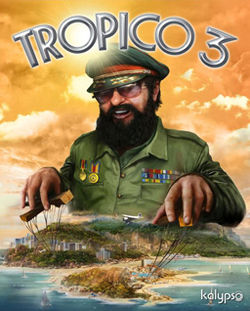
Kalypso’s Tropico series provides a playful look at how Latin American dictators ruled during the Cold War, wedged between two interventionist superpowers, the threat of rebellion, and the need to achieve economic development. Tropico 3 puts you in the shoes of a dictator who has just entered office. There are two modes: an open-ended Sandbox mode and a campaign mode where you rule on various Caribbean islands and must achieve objectives, such as producing a certain level of exports, to advance.
The game provides some realistic dilemmas and constraints, as rulers must deal with rising populations, develop the economy, provide amenities, manage their popularity with political factions with varying interests, and make use of U.S. or Soviet aid without alienating the other side. But the lack of context before each scenario is odd. The game allows you to play as historical figures such as Augusto Pinochet, but does not explain his career. Given the atrocities committed by rulers like Pinochet, Tropico 3 is good for provoking thought about history from an institutional perspective, but it whistles past the graveyard of injustice.
